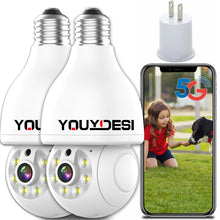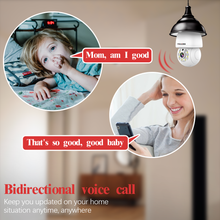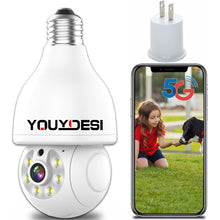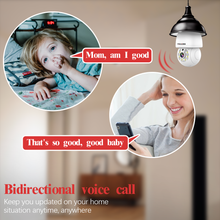1. Preventing Moisture, Dust, and Corrosion:
- For various collection devices within indoor/outdoor home security systems, exposure to dust and moisture in the environment can directly impact their operation. It is crucial to emphasize maintenance related to preventing moisture, dust, and corrosion.
- For instance, in cases where cameras are suspended outdoors for extended periods, protective covers and dustproof glass can accumulate a layer of dust, soot, or other corrosive substances. This not only hinders visibility but also poses the risk of equipment damage. Thus, it is essential to maintain dustproofing and corrosion prevention for cameras.
- In regions with high humidity, adjustments should be made during maintenance to improve the equipment's moisture resistance. Frequent dehumidification measures should also be applied to address moisture-related issues.
2. Lightning Protection and Interference Prevention:
- Anyone involved in the maintenance of electromechanical systems knows that equipment is susceptible to lightning strikes during thunderstorms. This poses a significant safety hazard to monitoring equipment, making lightning protection a top priority in maintenance.
- Lightning protection measures should include establishing a dedicated lightning grounding system for the equipment. An independent grounding system with a resistance below 1 ohm, following the equipotential body scheme, must be implemented. Mixing the grounding system of low-voltage equipment with that of the power supply should be avoided to prevent power supply interference.
- For interference prevention, follow the practice of separating high-voltage and low-voltage components during installation. Electrical and communication cables should be laid according to the cabling standards of the telecommunications and power industries.
3. Regular Inspection of Aging Components:
- Components prone to aging should be thoroughly inspected monthly, and if any aging signs are detected, prompt replacement and repairs should be conducted. Examples include video heads and other susceptible parts.
4. Scheduled Cleaning of Dust-Prone Areas:
- Quarterly cleaning is necessary for parts that are susceptible to dust accumulation. For instance, monitors exposed to the open air can accumulate dust due to screen electrostatic effects, which can hinder image clarity. Regular cleaning and calibration of monitors are essential to maintain color accuracy and brightness.
5. Routine Maintenance for Continuous Operation:
- Monthly maintenance is crucial for equipment operating for extended durations. For instance, hard disk recorders generate significant heat during prolonged operation. If the cooling fan malfunctions, it can disrupt heat dissipation and cause the recorder to function abnormally.
6. Continuous Monitoring of System Operation:
- Ongoing monitoring of the surveillance system and equipment is essential. This involves analyzing the system's performance, promptly identifying and resolving any issues, such as network devices, server systems, monitoring terminals, and various peripheral devices.
- Regular checks should be performed for desktop system operation, network infrastructure, and virus protection.
7. Monthly Optimization of the Monitoring System:
- The monthly optimization includes scheduling monitoring network maintenance, which includes bandwidth management, IP address allocation, and more.
- Real-time monitoring for external network attacks that could affect network devices is critical, and any abnormalities should be investigated and addressed.
8. Monthly Reporting:
- A monthly report should be submitted in electronic format on the first workday of each month, documenting records of repairs, maintenance, and servicing performed during the previous month.
By adhering to these guidelines, the maintenance of monitoring equipment in indoor/outdoor home security systems can be executed effectively, ensuring the continuous, reliable operation of surveillance systems.










